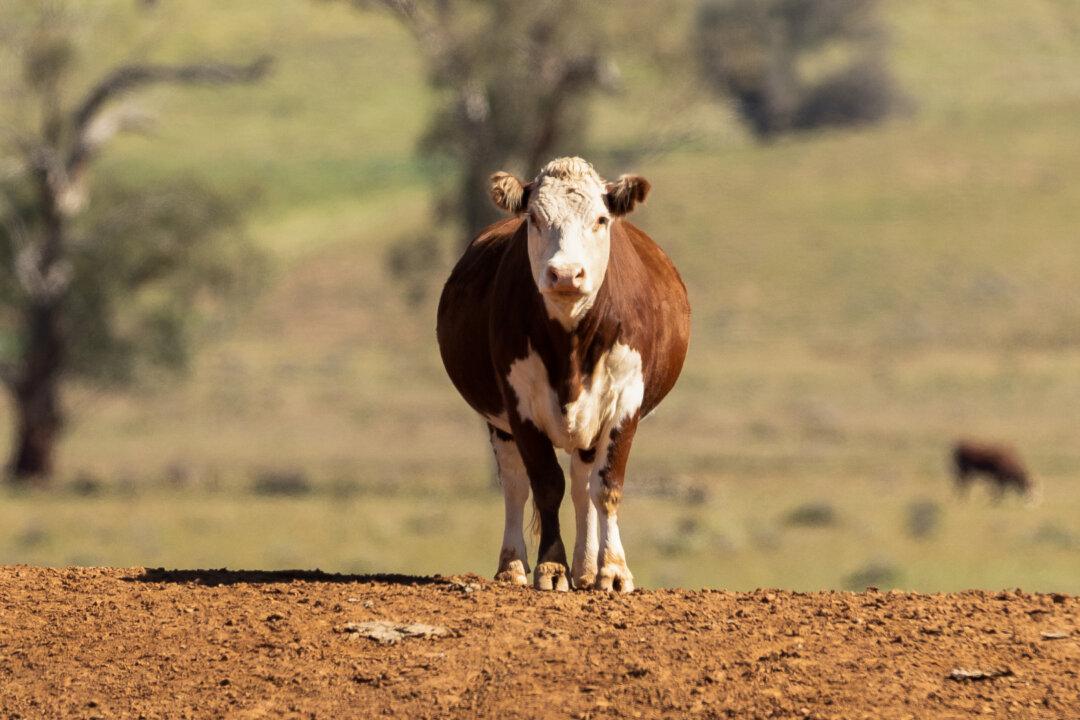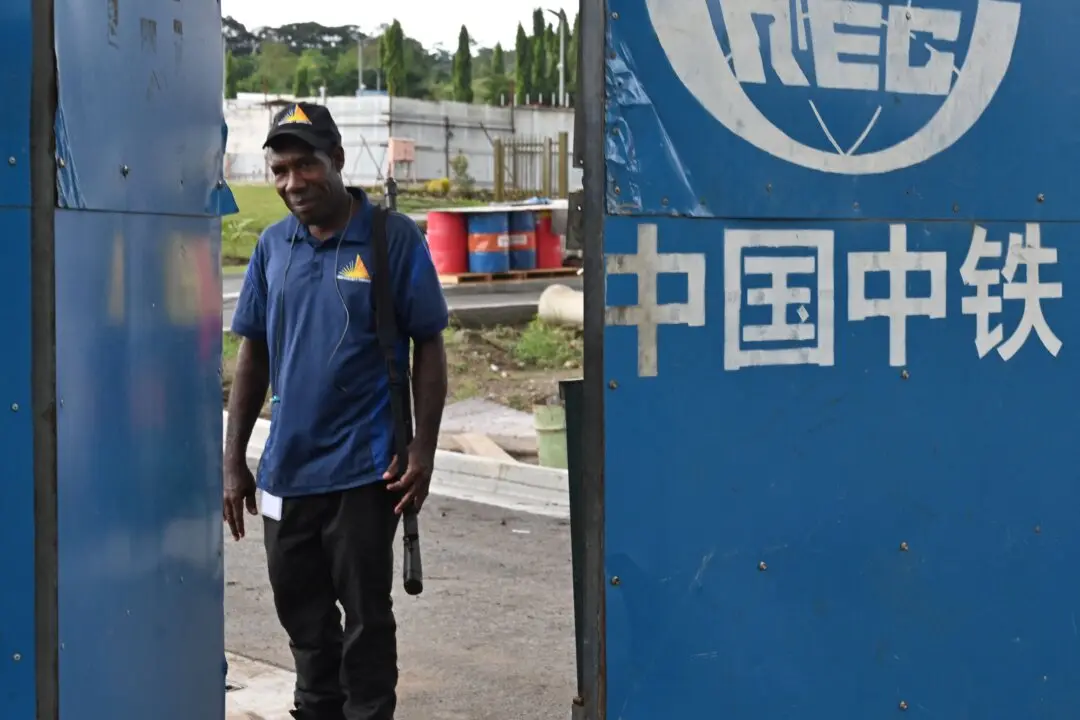The Australian Labor government has signed on to the United Nation’s Global Methane Pledge that commits to cutting emissions of gas by 30 percent by 2030.
The move follows in the footsteps of 120 other countries, including the United States, the United Kingdom, and the European Union.





